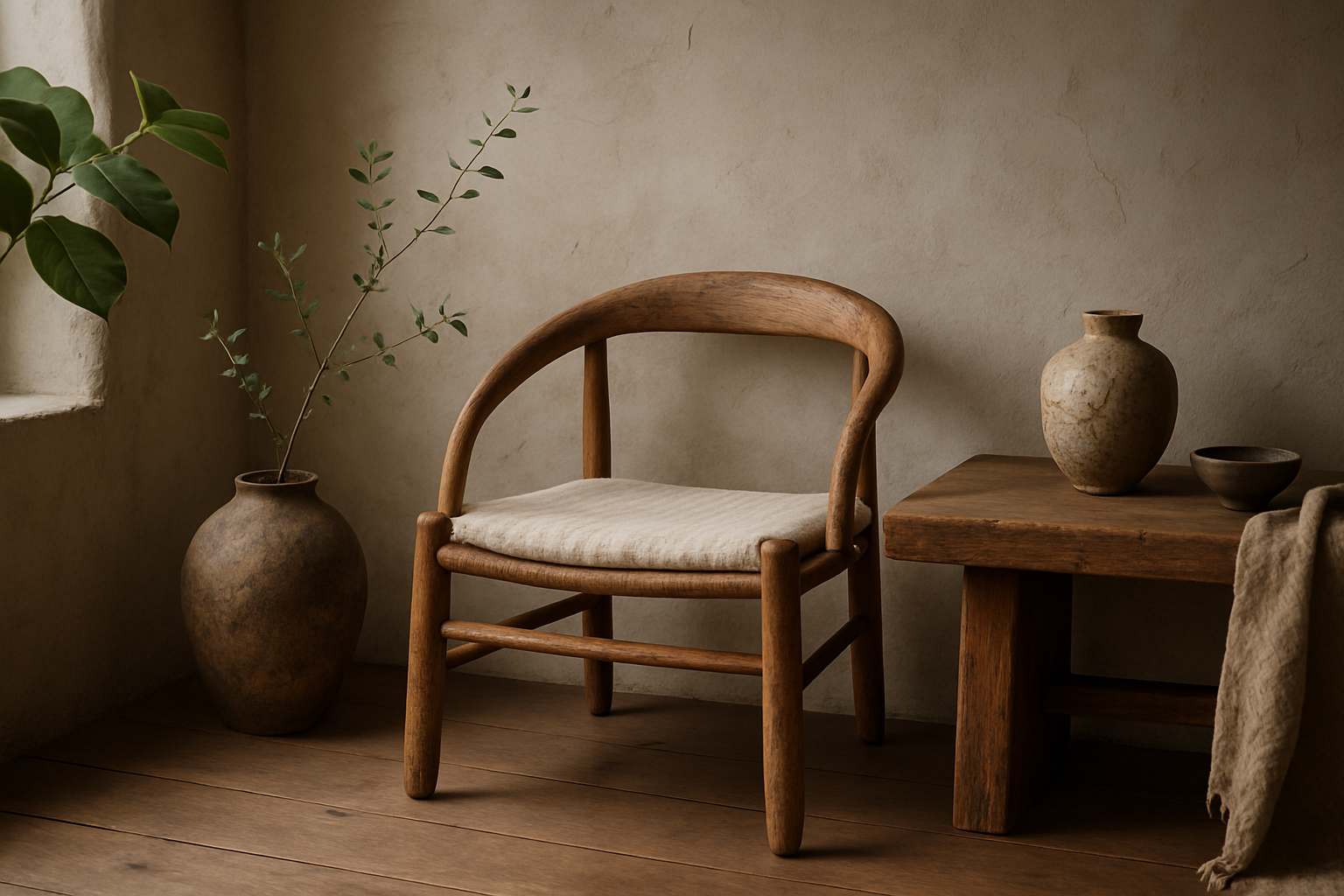Incorporating Elements of Biophilic Design into Small Urban Spaces
Introduction: A small urban apartment or home can often seem restricting when it comes to implementing design concepts. But what if we told you that you could harness the power of nature and bring it indoors, even in the smallest of spaces? Welcome to the realm of Biophilic Design for small urban spaces.

Unraveling Biophilic Design:
Biophilic design is a concept used within the building industry to increase connectivity to the natural environment through the use of direct nature, indirect nature, and space and place conditions. It’s a way to incorporate nature into our homes, promoting health, wellbeing, and productivity. While this concept has gained popularity in large spaces, it’s equally applicable and beneficial in smaller urban homes.
Why Biophilic Design:
Biophilic design has been scientifically proven to reduce stress, enhance creativity and clarity of thought, improve our well-being and expedite healing. For city dwellers, especially, having a touch of nature in their home can prove to be a sanctuary amidst the concrete jungle. It can also serve as a great background for those working from home.
Biophilic Design in Small Urban Spaces:
You might think it’s challenging to apply biophilic design in a small space, but with a little creativity, you can make it work. Start by maximizing natural light with mirrors and reflective surfaces. Incorporate natural materials like wood and stone in your décor. Use wall planters, terrariums, or even a small indoor herb garden to bring greenery into your home.
Current Trends in Biophilic Design:
Current trends in biophilic design for small spaces include vertical gardens, moss walls, and natural textures. Vertical gardens are a fantastic way to maximize space and bring a large amount of greenery into a small area. Moss walls are a unique and low-maintenance option for bringing a touch of nature indoors. Natural textures like jute, rattan, and wool not only add an organic touch to your space but also provide a sensory connection to nature.
Making Biophilic Design Practical:
It’s not just about bringing plants indoors. Biophilic design is about creating spaces that nurture and support our natural affinity for life and lifelike processes. Choosing native plants that require minimal care ensures you don’t add to your responsibilities. Ensuring your indoor plants receive enough light, either natural or artificial, is also key to maintaining a healthy indoor garden.
In conclusion, embracing biophilic design in small urban spaces not only enhances your living environment but also contributes to your overall well-being. So, why not give it a try and let nature be your interior designer?





